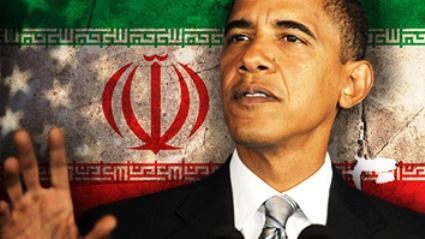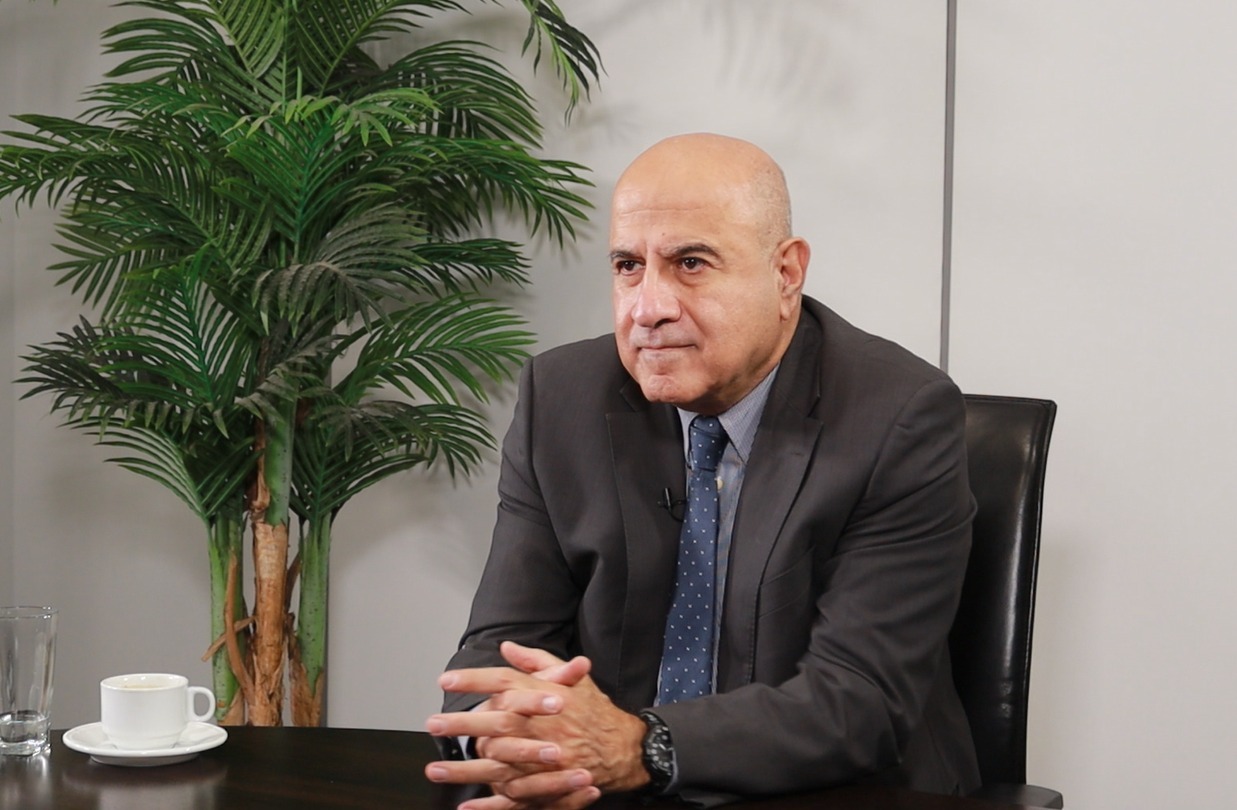Deal or No, Iran Will Remain a Nuclear Threat
Dennis Ross/Washington Institute
April 02/15
Rather than questioning the motivations of skeptics, the Obama administration should demonstrate that it has compelling answers to their concerns about a nuclear deal’s potential vulnerabilities, including on breakout time, verification, and response to violations.
Even if much remains to be thrashed out, the tentative framework understanding that the P5+1 is trying to conclude with Iran would represent progress toward constraining the Iranian nuclear program. The claim of the Obama administration that any eventual agreement will block all pathways toward an Iranian nuclear weapon, however, is surely an overstatement. At best, a deal will create impediments for the life of the agreement but offer little afterward. At that point, the administration and its successors would need to make clear that should Iran seek to break out to the production of weapons-grade enriched uranium — or the preparation of nuclear weapons — it would trigger the use of force by us. But in that case, we would be acting to deter the Iranians from translating their sizable nuclear infrastructure into a nuclear weapon, not to dismantle the program.
It is noteworthy that the agreement the administration still hopes to finalize with the Iranians by June 30 does not reflect the objective we had hoped to achieve for much of President Barack Obama’s first term. At that point, when I was in the administration, our aim was to transform the character of the Iranian nuclear program so that the peaceful intent of its capabilities would be demonstrated unmistakably to the international community. Necessarily, that meant that Iran could not have a large nuclear infrastructure. If permitted enrichment, it would have to be highly circumscribed and limited to small numbers for the purposes of research or production of medical isotopes. If Iran wanted additional nuclear reactors to generate electricity, it would receive its fuel from international fuel banks, and its spent fuel would be sent out of the country — much like is done with the Bushehr reactor today. Similarly, there would be little or no stockpile of enriched uranium in the country that the Iranians might surreptitiously seek to purify to weapons grade. And, the questions about the “possible military dimensions of the Iranian nuclear program” — a euphemism for Iran’s efforts to create a nuclear weapon — would have been satisfactorily answered.
At some point, the Obama administration changed its objective from one of transforming the Iranian nuclear program to one of ensuring that Iran could not have a breakout time of less than one year. The former was guided by our determination to press Iran to change its intent about pursuing or at least preserving the option of having a nuclear weapon. The latter clearly reflects a very different judgment: that we were not able to alter the Iranian intentions, so instead we needed to focus on constraining their capabilities.
By definition, when we speak about a one-year breakout time, we are accepting that Iran will have the means and infrastructure to produce nuclear weapons and we are trying to develop impediments to its doing so — even as we also create indicators that alert us to any such Iranian effort.
Clearly, during the course of negotiations, faced with Tehran’s unwillingness to dismantle any of its nuclear facilities, the administration came to the conclusion that we could not diplomatically roll back the Iranian nuclear infrastructure in any significant way. But we could diplomatically succeed in containing the Iranian nuclear program, putting limits on it and preventing its growth for the next 15 years. Moreover, during that time we could also create enough transparency to know whether the Iranians were moving toward a bomb — and whether the Iranian awareness of that would deter them from pursuing such a capability. Apparently, for the president, the secretary of state and our lead negotiators, other alternatives could not promise as good an outcome. Indeed, increased sanctions might pressure the Iranians but could not stop the acceleration of their nuclear program if diplomacy broke down. That might leave the use of force, with all its unintended consequences, as the only option, and that has little appeal for the administration, particularly if we can limit the Iranians through other means.
But if the measure of the negotiations is now about breakout time, then the administration needs to show convincingly that the verification regime will be far-reaching and capable of detecting whatever the Iranians are doing and whenever they do it. In fact, a one-year breakout time depends not just on the number and type of centrifuges, their output and the stockpile of enriched uranium — all of which can be calculated — but also on the administration’s ability to discover the moment at which the Iranians begin to sneak out, creep out or break out from the limitations placed on them.
Moreover, for those who say that one year is not enough time because even discovery of a violation does not ensure a response, the administration will need to explain why this agreement will not function like other arms control agreements, where questions related to noncompliance have historically bogged down in endless discussions. How will we respond if we detect a violation, particularly a serious one? Will the mechanism for response provide for a quick determination? What if the Russians and others don’t agree or insist that an extended discussion with the Iranians is required? How can we be sure that small violations don’t change the base line and shrink the breakout time? Under what circumstances might we act unilaterally?
Assuming an agreement is finalized by June 30, the administration may well be right that this was the best one possible — and that it is better than the other alternatives. That, of course, does not make it a good agreement. Even a bad agreement might be better than the available alternatives, but if the administration wants to prove that the eventual agreement is acceptable, it will need to show that it has produced the bare minimum of the outcome that we once hoped for: that there will be a breakout time of at least one year; that the Iranians cannot deny inspectors access to any site, including those on military or Revolutionary Guard facilities; and that it has anticipated a full range of different Iranian violations and won’t wait for others to respond to them. In reality, if we are to deter Iranian violations, they must know in advance what the consequences are and that they will be high.
Skepticism about an agreement based on constraining Iranian capabilities, and not on demonstrating a shift in Iranian intentions, is understandable. Rather than questioning the motivations of the skeptics, the administration would be wise to demonstrate that it has compelling answers to their concerns about the possible vulnerabilities of the deal. It might just convince some of the skeptics that the agreement is acceptable.
**Dennis Ross is the counselor and William Davidson Distinguished Fellow at The Washington Institute.




















